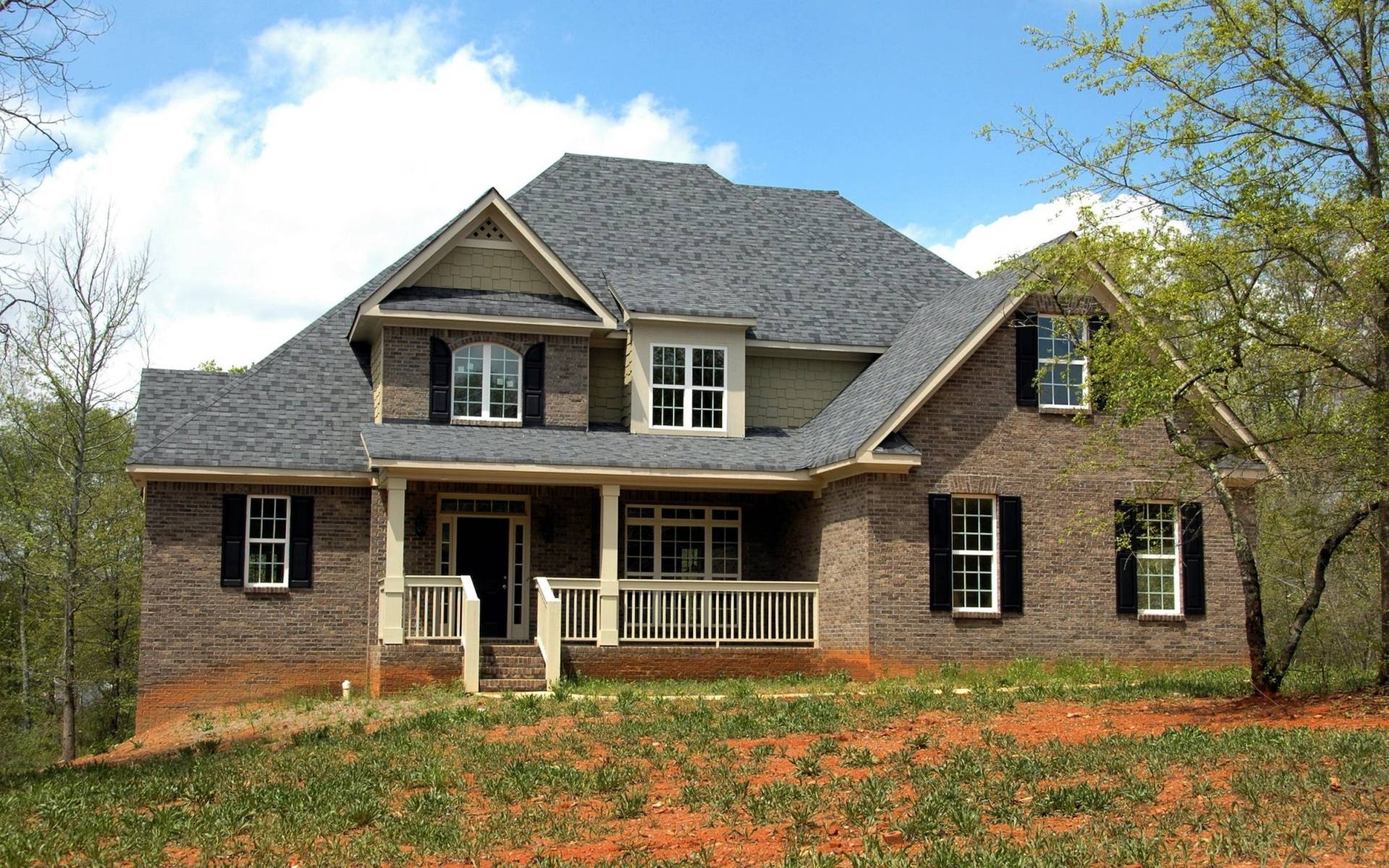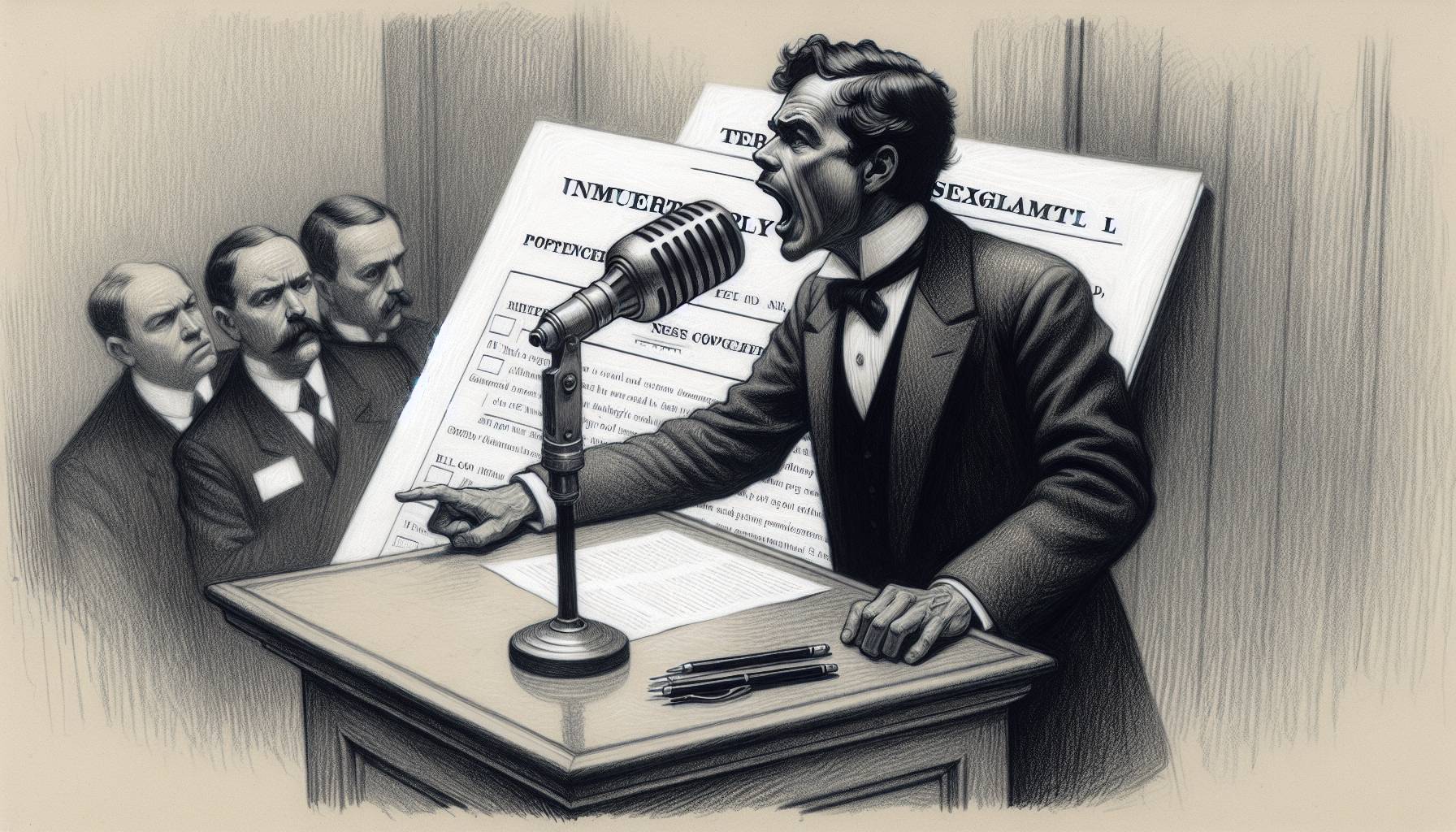Brick houses are popular due to their durability, strength, and aesthetic appeal. They are resistant to fire, pests, and weather elements. Additionally, they provide good insulation, which helps in reducing energy costs. Overall, building a brick house can be a long-lasting investment in terms of structural integrity and aesthetic appeal.
Here we have explained the pros and cons of brick houses
Pros of Building Brick Houses
1. Eco-Friendly
Building homes with bricks is an eco-friendly option. Bricks in modern construction are made from natural and abundant materials such as clay and shale. Moreover, you can easily recycle bricks in case the house needs to be demolished. In case you need to remove a non-load-bearing wall, you can repurpose bricks for various uses such as lining pathways, or constructing a garden wall.
2. Highly energy efficient
Building a brick house is an energy-efficient choice because they have a high heat capacity of 0.84 Joules per Kelvin. This property helps in keeping the heat outside while retaining cool air inside the building. In comparison, wood has a lower heat capacity of only 0.42, which is less than half of bricks. For optimal results, it is wise to combine bricks with insulation.
3. Durable
Compared to vinyl and wood, brick houses offer superior durability over time. They can endure high impact without cracking or denting, which also makes them more resistant to fires spreading. Brick ovens are a popular choice for pizza parlors because they can withstand high temperatures without shattering or cracking.
In addition to being able to withstand the huffing and puffing of a wolf, brick houses are also resilient against high winds. Due to their durability, you may be eligible for lower insurance rates, depending on the insurance company you use.
4. High fire resistance
Clay-based bricks are flame retardant and non-combustible. They have a high resistance to fire and can restrict or contain fire for a duration of one to four hours, depending on the type of clay employed. It’s important to note that clay bricks are fired at temperatures as high as 2,000 degrees Fahrenheit, making them highly resilient to extreme temperatures.
5. Control temperature
Bricks, when coupled with superior insulation, assist in regulating interior temperatures by slowing down the transfer of heat through walls. So, you save on temperature control systems. This results in heat being retained inside the house during winter and cooler temperatures. Additionally, bricks offer superior sound insulation compared to wood and vinyl siding, even when supplemented with thick insulation.
Cons of Building a Brick House
1. Expensive
They are typically more expensive in comparison to stick-built homes. On average, the cost of installing a brick exterior is around 6%–7% higher than that of vinyl siding. Though this might not appear to be a significant difference, the expenses can quickly escalate based on the overall size of the property. As a result, builders usually charge more for constructing a new brick house to compensate for the additional material and labor expenses.
2. Limited painting options
Builders have a limited range of color options to choose from, primarily consisting of shades of browns, reds, and grays. Though it is possible to paint bricks, the process can be laborious. Apart from priming the surface, painters need to use brushes and rollers to ensure that the paint reaches every crevice and crack since spray rigs may struggle to coat porous brick surfaces fully. Additionally, homeowners need to periodically repaint the brick exteriors to prevent chipping and/or fading.
3. Mortar in bricks decays with time
Despite bricks being extremely durable and long-lasting, the mortar used to hold them in place deteriorates over time. As the mortar crumbles and decays, moisture can penetrate the structure and cause harm. To prevent this, repointing is necessary. Repointing involves removing the old mortar from between the bricks and replacing it with fresh mortar. The cost of repointing is typically around $8 per square foot of mortar that requires replacement.
4. Remodeling is difficult
Renovating with bricks can be challenging because it requires closely matching the original brick with the new brick for a smooth and uniform appearance. Additionally, the actual construction process is more time-consuming and labor-intensive compared to a wood-framed house, which ultimately translates into higher costs.
Building a brick house may be the perfect choice for you if you value eco-friendliness, low maintenance, and stunning visual appeal. A skilled mason can help you start the building process and bring your vision to life. However, if you prefer a wider variety of colors or want to avoid the hassle of repointing and other brick-related repairs, you might want to consider vinyl or wood as alternatives. These materials generally require more maintenance, but they come with a lower initial cost and are significantly less expensive than repairing an exterior brick house.













